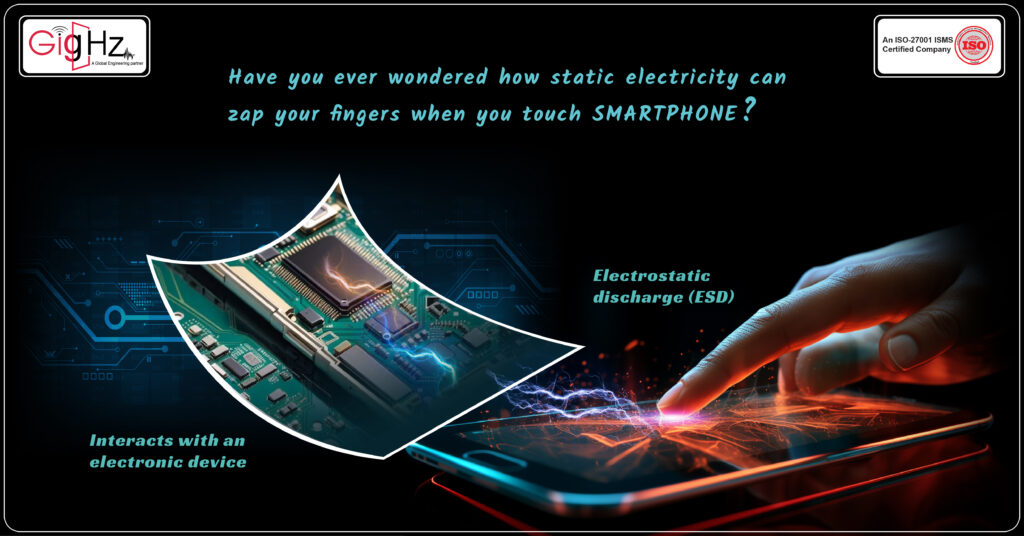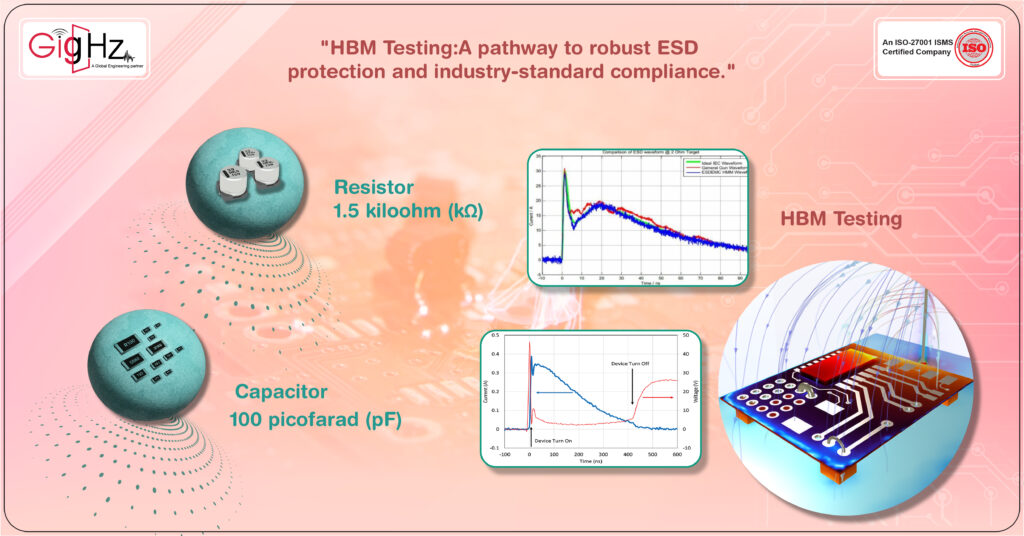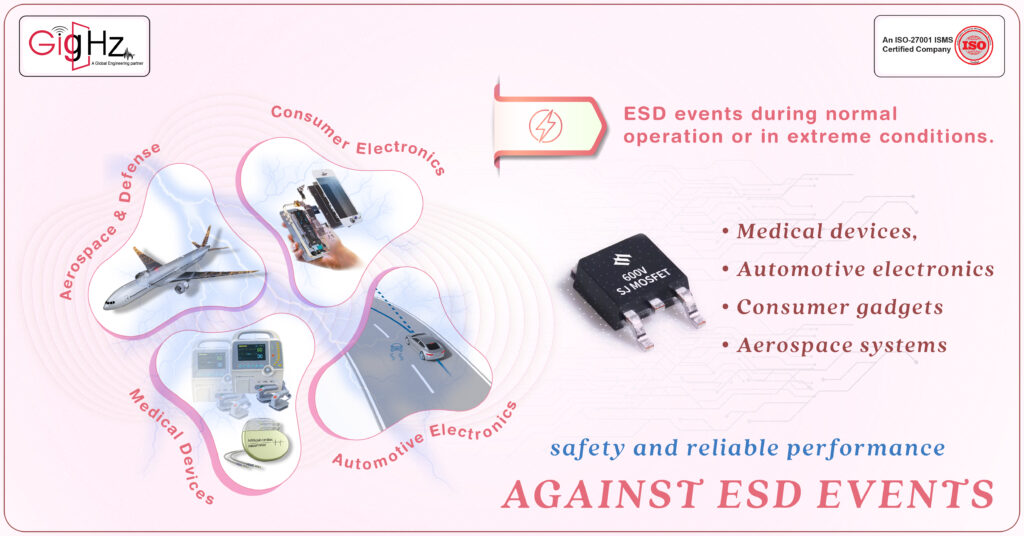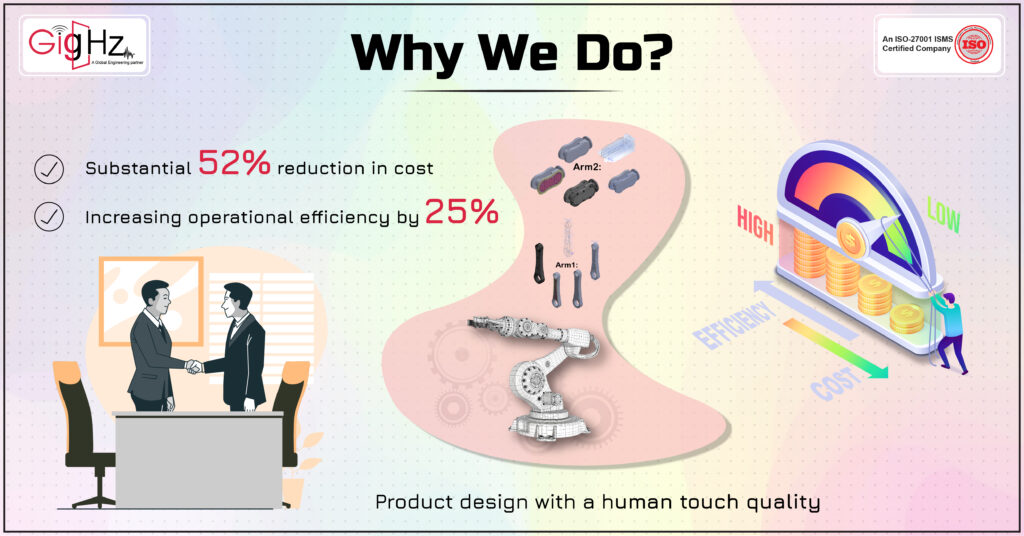Surveying the Human Body Model within EMC
Hey there! When it comes to the fascinating world of Electromagnetic Compatibility (EMC), one crucial aspect that often gets overlooked, is the interaction between electronic devices and the human body. It’s mind-boggling to think about how our own bodies can actually influence electromagnetic fields and potentially interfere with the performance of electronic equipment.

Hey there!
When it comes to the fascinating world of Electromagnetic Compatibility (EMC), one crucial aspect that often gets overlooked, is the interaction between electronic devices and the human body.
It’s mind-boggling to think about how our own bodies can actually influence electromagnetic fields and potentially interfere with the performance of electronic equipment

Category :
Published Date :
January 2, 2024
Category :
Published Date :
January 2, 2024
Category :
Published Date :
January 2, 2024
In this blog, we’re going on a deep dive into the captivating realm of the Human Body Model within EMC.
So, grab your lab coat and get ready to explore the impact of the human body on our beloved gadgets!
You know that static shock you sometimes get when you touch certain objects?
Well, guess what, electronic devices can experience something similar!
Enter the Human Body Model (HBM) – a standardized test method that simulates electrostatic discharges (ESD) that can occur when we mere mortals interact with electronic devices.
The HBM helps manufacturers evaluate just how susceptible their products are to ESD damage caused by our touch.
Consider you’re casually using your smartphone, and suddenly, after a tiny static electric shock from your fingertips, it starts malfunctioning or imagine a medical device failing during a critical moment of patient care due to electrostatic discharge caused by human contact.
Yikes! These scenarios highlight just how important it is to understand the Human Body Model in EMC.
So, buckle up and get ready for a thrilling journey as we unravel the mysteries behind the human-body-electronic-device interaction and discover how it shapes the reliability and safety of our technological world.
Let’s dive in!
What is the Human Body Model (HBM) and Why Does it Matter?

Have you ever wondered how static electricity can zap your fingers when you touch certain objects? Well, the same principle applies to electronic devices.
The Human Body Model (HBM) is a standardized test method used to simulate electrostatic discharge (ESD) events that can occur when a person touches or interacts with an electronic device.
This model helps manufacturers evaluate how susceptible their products are to ESD damage.
Imagine a smartphone manufacturer wants to ensure that their device can handle static electricity discharges when users touch the screen.
By subjecting the smartphone to HBM testing, they can simulate scenarios where users may unintentionally generate static electricity and discharge it onto the device.
During the testing process, the smartphone is exposed to controlled ESD events, similar to what would happen when a user touches the screen with a bare finger.
The device’s behavior and functionality are closely monitored and analyzed to determine if any damage occurs or if it can recover without experiencing any adverse effects.
The results of HBM testing provide valuable insights for the manufacturer.
If the device performs well and remains functional even after multiple ESD events, it demonstrates its robustness and reliability in real-world usage scenarios. This allows the manufacturer to have confidence in the product’s ability to withstand accidental static discharges that may occur during normal usage.
On the other hand, if the device fails or exhibits malfunctions during HBM testing, it indicates weaknesses in its design or components. Manufacturers can then make necessary improvements to enhance the device’s ESD immunity, ensuring that it can resist and recover from static electricity discharges in everyday use.
Role of HBM Testing in Ensuring EMC Compliance

The HBM network consists of a resistor in series with a capacitor, representing the resistance and capacitance of the human body.
Typically, a 1.5 kiloohm (kΩ) resistor and a 100 picofarad (pF) capacitor are used to mimic the electrical characteristics of the human body.
The HBM test evaluates electronic devices at different levels of electrostatic discharge (ESD) sensitivity. These levels range from Class 0 to Class 4, with Class 0 being the most sensitive and Class 4 being the least sensitive.
Class 0 devices can be damaged by as little as 0.05 joules of energy, while Class 4 devices can withstand up to 8 joules of energy.
During an HBM test, the electronic device is charged to a specified voltage level, typically ranging from 500 volts to several kilovolts, and then discharged through the HBM network.
This simulates the discharge that occurs when a person touches the device. The resulting current and voltage waveforms are measured to determine the device’s response to ESD and its susceptibility to damage.
When exposed to ESD events, electronic devices can experience various failure modes. These include latch-up, where the device enters an undesired state, permanent damage that renders the device non-functional, functional disruption, or temporary malfunctions. HBM testing helps identify these failure modes and allows engineers to design and improve the device’s ability to withstand ESD events.
HBM testing is crucial for achieving compliance with industry standards and regulations related to electromagnetic compatibility (EMC).
Compliance with standards such as the IEC 61000-4-2 for ESD immunity ensures that electronic devices are resilient against ESD events encountered during normal use.
Real-World Applications of the Human Body Model

Medical Devices
HBM testing is crucial for medical devices as they are often in direct contact with the human body. The devices need to be resilient to ESD events to ensure patient safety and accurate functioning.
For example, pacemakers and defibrillators must operate reliably even if the patient accidentally generates static electricity while handling the device.
Automotive Electronics
With the increasing complexity of automotive electronics, HBM testing is vital for ensuring that electronic components can withstand ESD events caused by human touch.
This is particularly important for safety-critical systems such as airbags, electronic stability control, and engine management. Failure of these systems due to ESD can lead to catastrophic consequences.
Consumer Electronics
HBM testing plays a significant role in the consumer electronics industry. Devices like smartphones, smartwatches, and tablets are constantly being handled by users, making them susceptible to ESD events.
HBM testing helps manufacturers identify and mitigate vulnerabilities, ensuring that these devices can withstand electrostatic discharges and maintain reliable performance.
Aerospace and Defense
In aerospace and defense applications, electronic devices are exposed to various ESD risks. HBM testing is critical in this field to ensure the functionality and safety of avionics, communication systems, and military equipment.
By subjecting these devices to HBM testing, manufacturers can verify their ability to withstand ESD events during normal operation or in extreme conditions.
Advances in HBM Modeling and Simulation
Imagine a world where engineers have access to powerful tools that can accurately simulate and predict how electronic devices will behave when exposed to Electrostatic Discharge (ESD) events.
Thanks to advances in HBM modeling and simulation, this is becoming a reality.
Finite Element Methods: FEM is a numerical technique used to solve complex engineering problems by dividing the modeled object into smaller, interconnected elements.
In the context of HBM modeling and simulation, FEM allows engineers to accurately represent the behavior of electronic devices under ESD events, taking into account material properties, geometries, and boundary conditions.
Computer Simulations: By applying FEM, engineers can create computer simulations that replicate the electrical characteristics of the human body and its interaction with electronic devices. These simulations can accurately predict the current flow, voltage levels, and potential damage caused by ESD events, providing valuable insights for design optimization.
Virtual Prototyping: Virtual prototyping involves creating a digital representation of an electronic device and subjecting it to simulated ESD events.
This enables engineers to test and refine their designs in a virtual environment, allowing for rapid iterations and optimization before physical prototypes are built. Virtual prototyping reduces costs associated with physical testing and accelerates the development cycle.
Electromagnetic Compatibility (EMC) Performance: HBM modeling and simulation play a crucial role in evaluating the EMC performance of electronic devices. By analyzing the behavior of devices under ESD events, engineers can identify potential issues such as excessive electromagnetic emissions or susceptibility to interference, leading to improved overall EMC performance.
Reliability Enhancement: Through advanced modeling and simulation techniques, engineers can identify weaknesses and vulnerabilities in electronic device designs exposed to ESD. By addressing these issues early in the design phase, manufacturers can improve the reliability of their products, minimizing the risk of failure and customer dissatisfaction.
Why We Do?

We challenge our Engineering capabilities with emerging technologies to keep your time and cost in control, thereby transforming product design with human touch quality.
Conclusion
Without a doubt, the human body model within EMC has long been an area of interest for many scientists and professionals in adjacent industries.
By taking this survey, we can increase our understanding of the material and its effectiveness in protecting devices from radiation. Your voice matters; if you’ve been impacted by EMC in any way, make your input known by taking this short survey.
And don’t forget to share it with others – the more perspectives we have on this important topic, the better off our technological world will be!
Make sure all that knowledge doesn’t go to waste – take the survey today and spread the word about the human body model within EMC.
After all, at EMC, your success is our priority!
So, get in touch today if you want to push forward on your journey of developing efficient and secure solutions using the human body model at www.gighz.net


